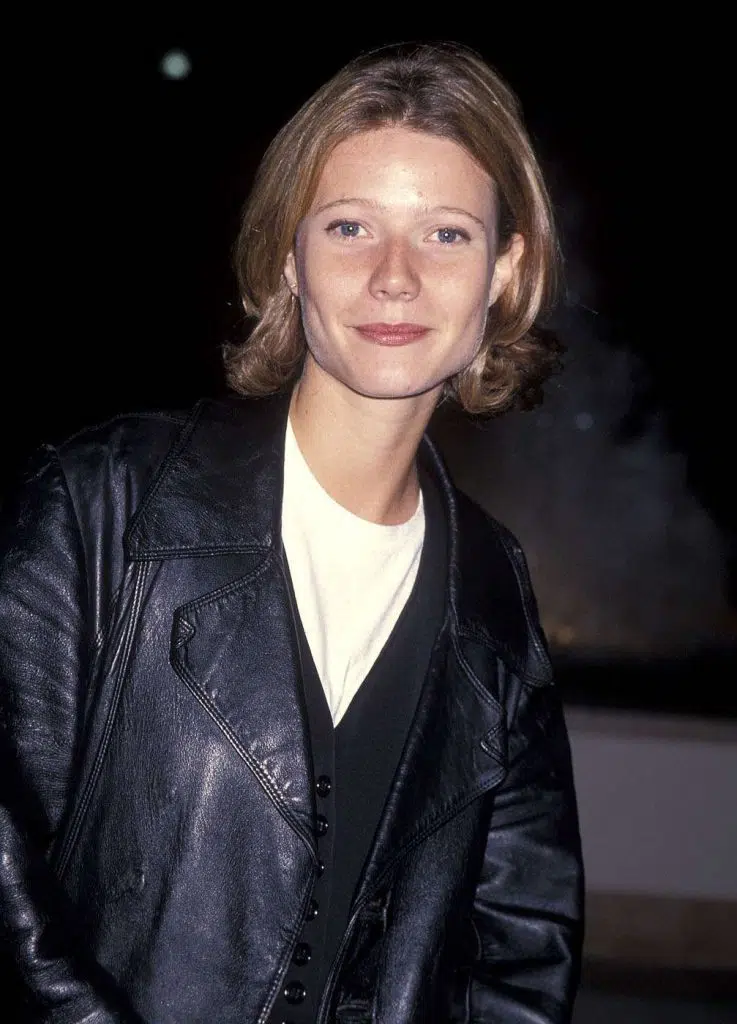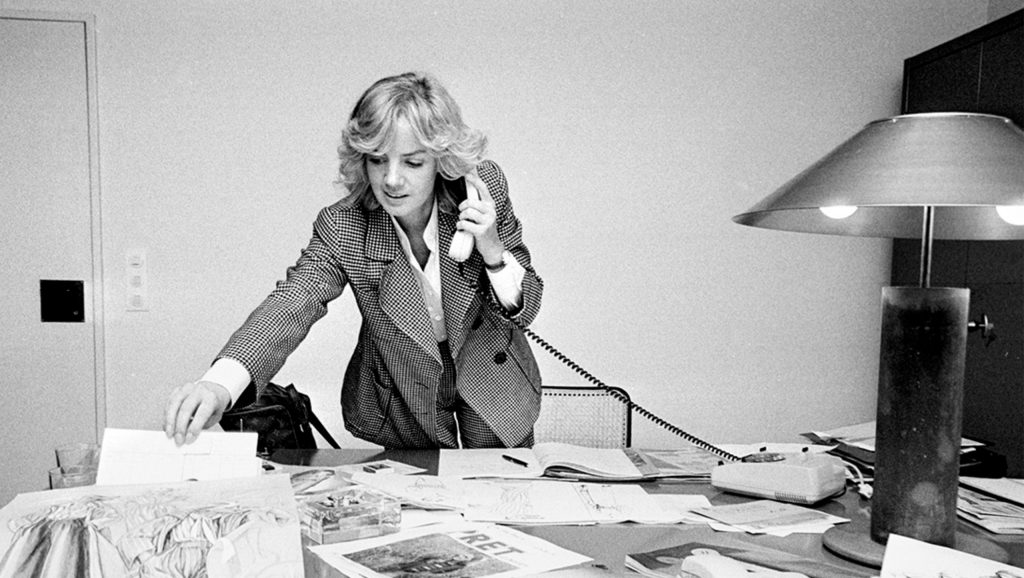Story MINH NHAT
Photos INTERNET
In a world constantly chasing novelty, minimalism remains quiet, composed and enduring. As the “quiet luxury” fad begins to fade into another passing aesthetic, the minimalist spirit quietly reasserts its place: not as a trend, but as a way of life. To simplify is not to subtract meaning, but to refine it.

Precision over ornament
Among the few designers who have embodied minimalism with uncompromising clarity, Jil Sander stands as a symbol of quiet power. Her garments – precise in cut, rich in material and restrained in palette – are not made to impress at first glance, but to linger in the memory with understated elegance. A classic white shirt, a well-structured pair of trousers or a seamless cashmere knit becomes a statement in itself.
In 2019, the house introduced Jil Sander+, a line that expanded its minimalist philosophy with a renewed emphasis on material integrity and slow craftsmanship. The “+” was more than a symbol; it marked a promise of transparency, responsibility and meaningful collaborations.
In its inaugural season, Jil Sander+ collaborated with Mackintosh, a British outerwear brand with over 200 years of history, renowned for its rubberized fabric craftsmanship. Here, every stitch, cut and material choice contributes to a minimalist luxury defined by time and investment.
As stylist Joe McKenna once said: “Everybody talks about luxury brands, but that wasn’t a word people used in the 1990s. But Jil Sander was really the ultimate ‘luxury’ brand, because so much time was spent researching fabric, time spent getting the fit right, and time seems to be the ultimate luxury.”

Minimalism: A statement of identity
Today, minimalism has evolved from a stylistic choice to a strategic expression of identity. From fashion runways to courtroom wardrobes, pared-back aesthetics now signal credibility, intention and quiet confidence. In the post-pandemic context, where values are more carefully considered, consumers are moving away from flashy symbols towards a more timeless and relatable “silent beauty”.
Pioneering labels such as Phoebe Philo, The Row and Lemaire demonstrate that minimalist style isn’t dull but a deliberate choice to focus on essence – a well-fitted shirt, perfectly structured trousers, or a nuanced nude tone.
Outside the fashion world, global tech icons have adopted minimalism as a personal identifier. Steve Jobs, with his black turtleneck by Issey Miyake, turned simplicity into a statement of intense focus on creativity, core values and long-term vision. Mark Zuckerberg, with his wardrobe of gray T-shirts and dark hoodies, once shared that eliminating unnecessary choices each morning helps concentrate on more important decisions, avoiding dependence on trends.
Minimalism, in this context, becomes more than design – it becomes discipline. And discipline, carried through consistently, becomes signature.

Timeless fashion, responsible future
Despite the recent resurgence of “loud luxury”, many brands persist with a calm mindset. Shilpa Shah, co-founder of minimalist brand Cuyana, believes that maintaining core values offers long-term advantages, especially as consumers become more discerning.
One key reason is sustainability. Fast fashion trends lead to short consumption cycles and high waste. In contrast, a minimalist garment is designed to last longer, accompany customers through multiple seasons and remain timeless. Minimalist style extends product lifecycles, reduces the need for replacements and decreases fashion waste from one of the world’s most polluting industries.
The philosophy of “fewer, better things” is more relevant than ever, particularly for Generation Z – the largest consumer group today – who emphasize responsible consumption and are focused on combating environmental and climate crises.
Designers now face a reverse challenge: how to create distinction without bold colors or intricate patterns. In reality, simplifying details equates to timelessness, ease of repair and reuse. This not only benefits the environment but also alleviates pressure on supply chains, energy consumption and human resources.
The wisdom of restraint
To design simply is not to design easily. It is a challenge that demands clarity of vision and depth of understanding. In a landscape crowded with spectacle, restraint can be radical. To choose minimalism is to trust in the power of structure, in the language of proportion, in the elegance of the essential.
At its core, minimalism reminds us that true distinction does not lie in what we add, but in what we choose to leave out. And sometimes, the most powerful statement is the one made in silence.










